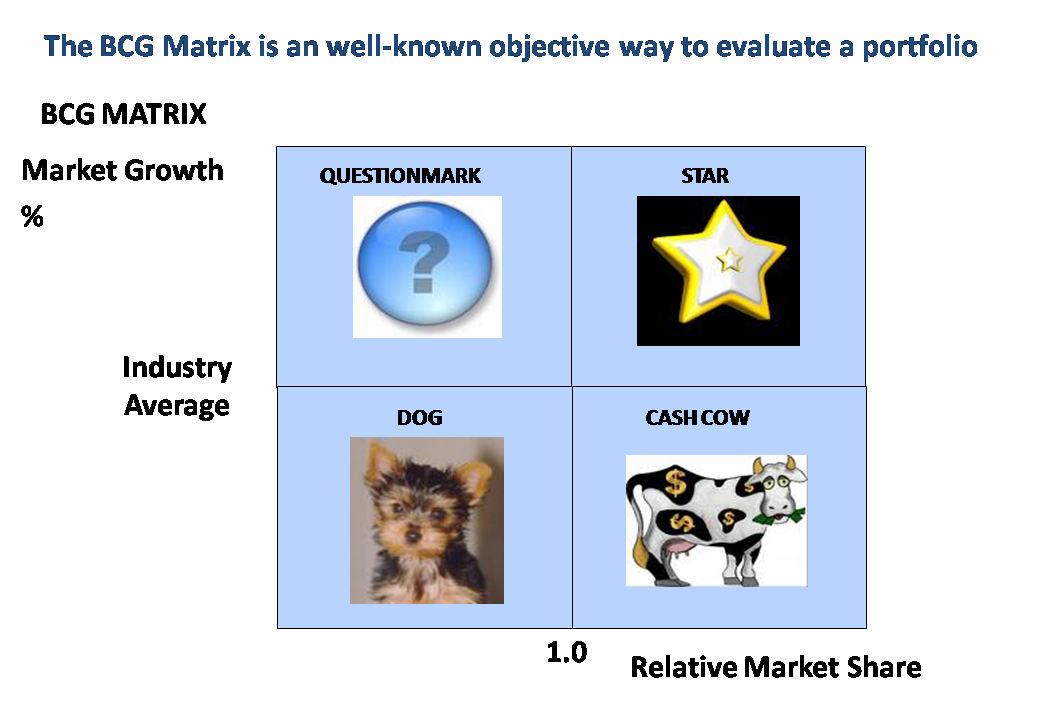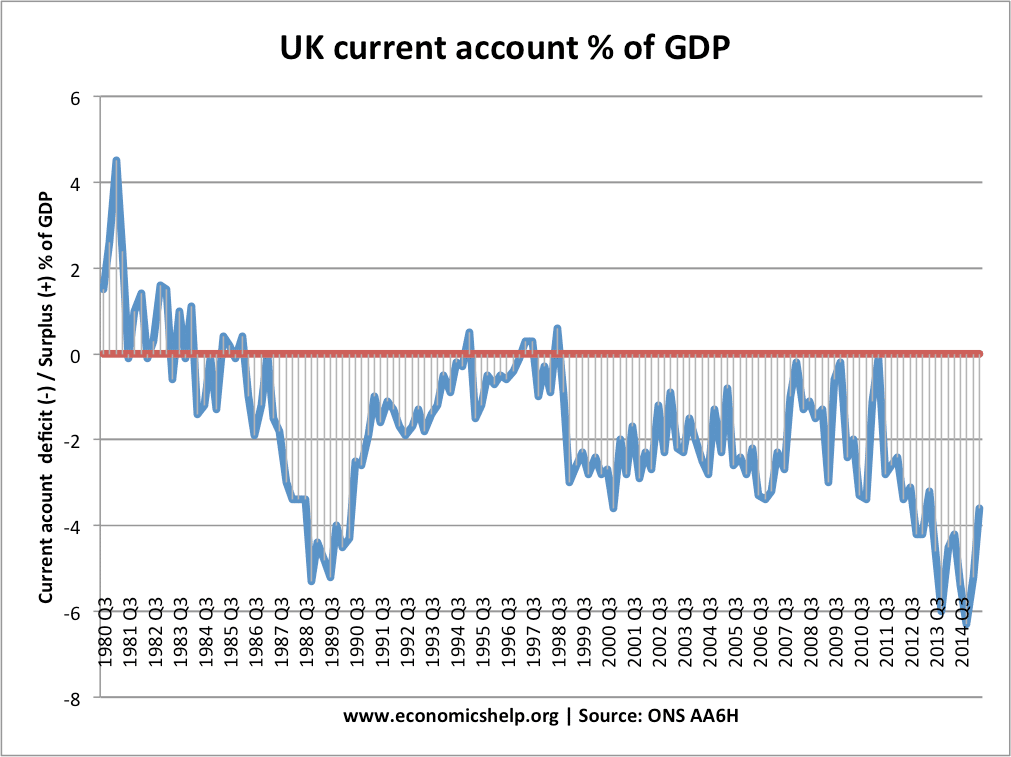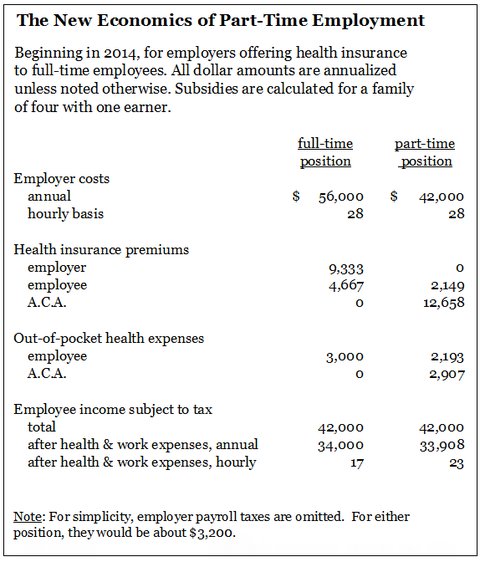Contents:


The portion of the lump sum cost that is recorded in the Equipment account might be depreciated over 7 years. In 1986 the FASB issued its Statement No. 89 which no longer required the reporting of the information. As a result, most companies stopped the calculations and reporting. Two of the factors in deciding to stop the calculations was the lack of use by financial analysts and a decline in the rates of inflation in the U.S. In other words, the accounting for price level changes failed to pass the cost/benefit test.
The entry passed for the difference will affect the closing balance, but the Trial Balance will still display the difference in the amount. In TallyPrime you can record the depreciation of fixed assets using a journal voucher. If the machine is used by a manufacturer, the depreciation, electricity, and maintenance of the machine will be recorded as manufacturing overhead.
During those three years, the balance sheet will report its cost of $100,000 and its accumulated depreciation of $100,000 for a book value of $0. When a fixed asset or plant asset is sold, the asset’s depreciation expense must be recorded up to the date of the sale. Next, 1) the asset’s cost and accumulated depreciation is removed, 2) the amount received is recorded, and 3) any difference is reported as a gain or loss.

It also means that the equipment’s net book value is $60,000 ($100,000 of cost minus $40,000 of accumulated depreciation). Net book value or simply book value indicates that $60,000 of the noncurrent asset’s cost has not yet been charged to depreciation expense. Some accounting textbooks state that the cost of an expenditure that extends the useful life of an asset should be debited to the accumulated depreciation account instead of the asset account. Such an entry will also reduce the credit balance in the accumulated depreciation account. In the next accounting period the depreciation expense will be $30,000 under the straight-line method. A company has Equipment of $600,000 and Accumulated Depreciation of $380,000 before an item of equipment is sold.
Depreciation Entries for Companies
For https://1investing.in/ple, you may calculate the asset’s monthly depreciation by dividing by 12. Tax or duty based on item rate is suitable in cases where there are differential rates of duty/tax on items. You can create a ledger for the duty, may be as VAT @ 35% or Excise Duty @ 13% or GST @ 18%. Select this method to pick up the tax rate specified in your stock item while recording an invoice. If one or more items exist with the same rate of duty, then the amount is calculated based on the total.
Based on the configurations you have set, the confirmation of accounts will be printed. Based on the configurations you have set, the confirmation of accounts will be printed.Alternatively, you can also print the Confirmation of Accounts. Select the required Ledger for which you want to see only debit or credit entries, and press Enter.
Journal entry for depreciation
Accumulated depreciation is the total depreciation expense a enterprise has applied to a set asset since its purchase. At the end of an asset’s working life, its accrued depreciation equals the price the corporate proprietor initially paid — assuming the resource’s salvage worth is zero. Accumulated depreciation for the related capitalised assets is shown on the balance sheet below the line. The accumulated balance of depreciation increases over time, adding the amount of the depreciation expense recorded during the current period. Asset disposal accounting involves reversing both the reported cost and accrued depreciation.
The purchase of equipment is shown on the statement of cash flows for the period in which the purchase took place. The equipment will also be reported on the company’s balance sheets at its cost minus its accumulated depreciation. Plant assets are recorded at cost and depreciation is reported during their useful lives. The assets reported as property, plant and equipment are described as long-lived, tangible assets. The accumulated depreciation of each plant asset cannot exceed the asset’s cost.

For example, a mortgage lender often provides the borrower with a loan amortization schedule. The loan amortization schedule allows the borrower to see how the loan balance will be reduced over the life of the loan. Determining what is a material or significant amount can require professional judgment. For example, $5,000 might be immaterial for a large, profitable corporation, but it will be material or significant for a small company that has very little profit.
Common Methods or Types of Depreciation
Each period, the depreciation expense recorded in that period is added to the beginning accrued depreciation steadiness. An asset’s carrying worth on the steadiness sheet is the distinction between its historical cost and accrued depreciation. At the top of an asset’s useful life, its carrying worth on the balance sheet will match its salvage worth.
What Is Bonus Depreciation: A Small Business Guide – The Motley Fool
What Is Bonus Depreciation: A Small Business Guide.
Posted: Wed, 18 May 2022 07:00:00 GMT [source]
We will use the following example to illustrate how to divide the cost of real estate into the cost of the land and the cost of the building. The appraisal made at the time of the purchase indicates that the land has a market value of $50,000 and the building has a market value of $200,000…for a total market value of $250,000. On January 31 the company will debit Depreciation Expense for $400 and will credit Accumulated Depreciation for $400 in order to record the depreciation during January.
The double declining balance method of depreciation, also known as the 200% declining balance method of depreciation, is a common form of accelerated depreciation. Accelerated depreciation means that an asset will be depreciated faster than would be the case under the straight line method. Although the depreciation will be faster, the total depreciation over the life of the asset will not be greater than the total depreciation using the straight line method. This annual entry would be recorded yearly until the truck is totally depreciated.
To avoid misinterpretation, the accounting profession suggested Allowance for Bad Debts or Provision for Bad Debts. In the U.S. the use of the word reserve has been discouraged for several decades. In its place, the accounting profession has recommended the use of words such as allowance, accumulated, or provision. For instance, many years ago the contra account to a plant asset may have been titled Depreciation Reserve. The $8,000 of depreciation expense was not a source of cash, even though it appears as a positive amount on the statement of cash flows. The use of historical cost is also a disadvantage to those users of the financial statements who want to know the current values.
You can reduce the difference value to any ledger value on the Assets side. Press Alt+F12 to configure the date range and view outstanding receivables and payables for the selected period. Refer to Date behaviour in Reports | Bills Outstandings for selected period.
Everything You Should Know About Depreciation Journal Entry
Because of the advances in technology, an asset’s useful life is often less than its physical life. For example, a computer may be useful for only three years even though it could physically be operated for decades. The balance in the account Accumulated Depreciation will be reduced when an asset that has been depreciated is removed. The current period’s amount of capital expenditures is often subtracted from the cash from operating activities to arrive at the company’s free cash flow. The word provision might appear in the title of a contra account as we just noted. In addition, provision will occasionally appear in the title of an expense account, such as Provision for Income Taxes.
- When autocomplete results are available use up and down arrows to review and enter to select.
- In the Depreciation Method and Accounting sections, the details will be auto-populated based on the asset model you select.
- In TallyPrime you can record the depreciation of fixed assets using a journal voucher.
- We will use the following example to illustrate how to divide the cost of real estate into the cost of the land and the cost of the building.
Assets must be removed from the financial records as part of the disposal process. To entirely erase every trace of an asset first from the balance sheet is required . In the fiscal quarter in which the asset disposal occurs, a gain or loss may need to be recorded on the transaction. We’ll assume that the item sold is a fixed asset for the sake of this discussion.

It refejournal entry for depreciation back to the decline in the worth of fixed assets due to their usage, passage of time or obsolescence. This also shows the net book value of the asset on the balance sheet. Plant assets and the related accumulated depreciation are reported on a company’s balance sheet in the noncurrent asset section entitled property, plant and equipment.
When an asset is sold, the depreciation expense is first recorded up to the date of the sale. Then the asset and its accumulated depreciation is removed and the proceeds are recorded. The amount of capital expenditures for an accounting period is reported in the cash flow statement. The amount is an outflow of cash and is listed in the investing activities section of the statement. Sometimes the amount is listed as capital expenditures and sometimes it is listed as purchase of property and equipment.
Construction Work-in-Progress is a long-term asset account in which the costs of constructing long-term assets are recorded. The account Construction Work-in-Progress will have a debit balance and will be reported on the balance sheet as part of a company’s Property, Plant and Equipment. The interest specified by the pronouncement is added to the cost of the project, instead of being expensed on the current period’s income statement. This capitalized interest will be part of the asset’s cost reported on the balance sheet, and will be part of the asset’s depreciation expense that will be reported in future income statements. Depreciation on the income statement is the amount of depreciation expense that is appropriate for the period of time indicated in the heading of the income statement. This is possible because Accumulated Depreciation is credited each time that Depreciation Expense is debited.
The U.S. income tax regulations allow a business to use accelerated depreciation on its income tax return while using straight line depreciation on its financial statements. For profitable corporations this will likely result in deferred income tax payments being reported on its financial statements. The purchase of a new machine that will be used in a business will affect the profit and loss statement, or income statement, when the machine is placed into service. At that point, depreciation expense will begin and there will likely be other expenses such as wages, maintenance, electricity, and so on. Fully depreciated assets that continue to be used are reported at cost in the Property, Plant and Equipment section of the balance sheet. The accumulated depreciation for these assets is also reported in this section.
